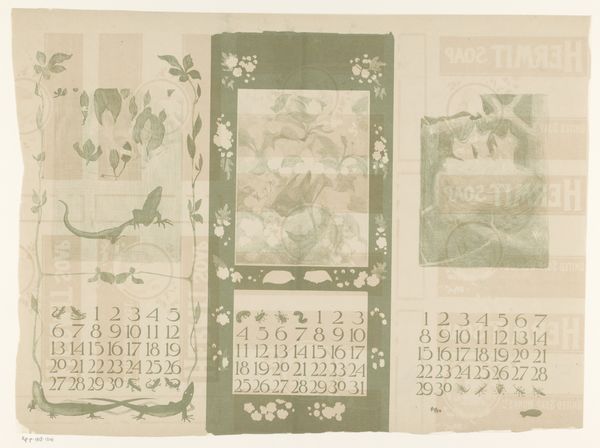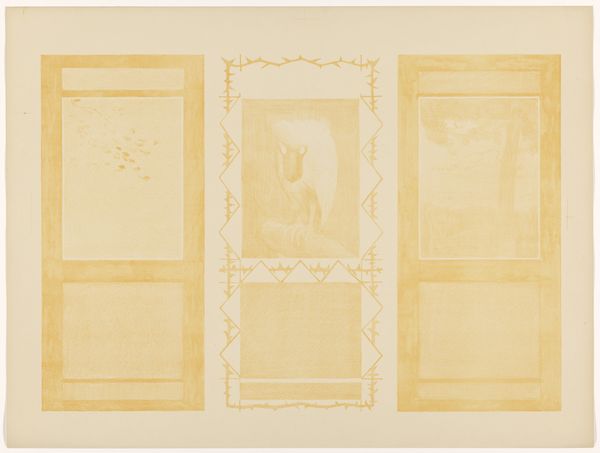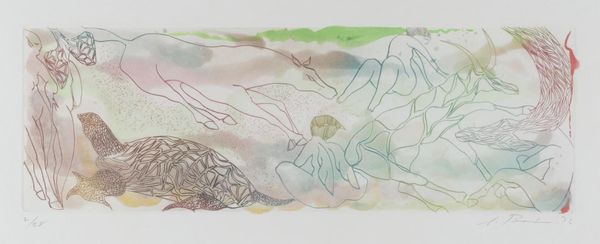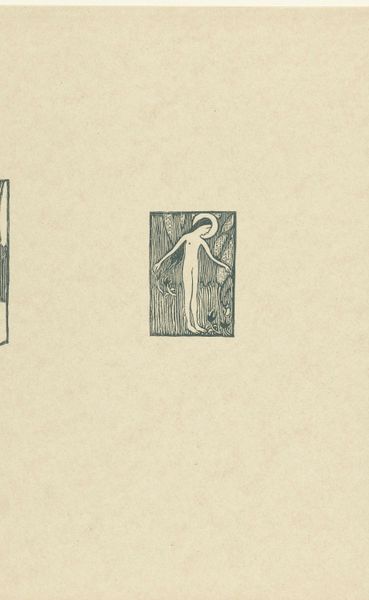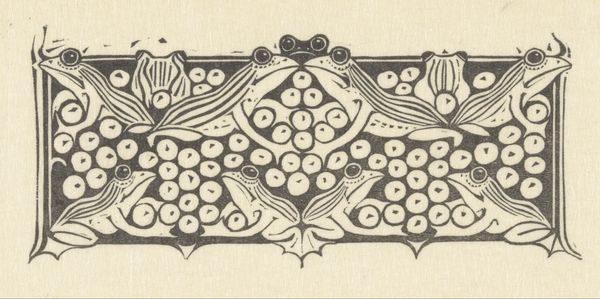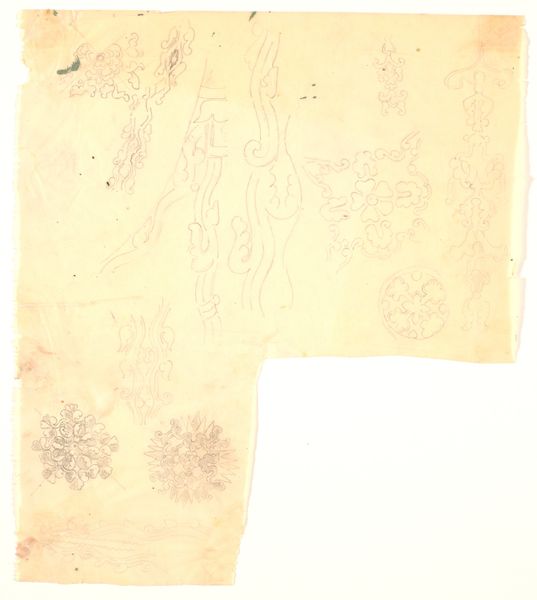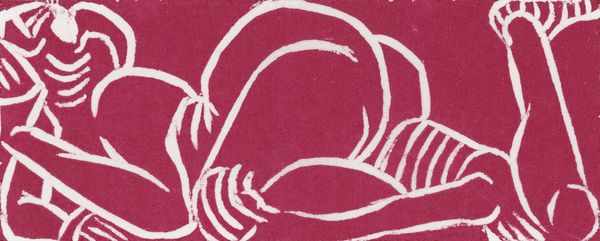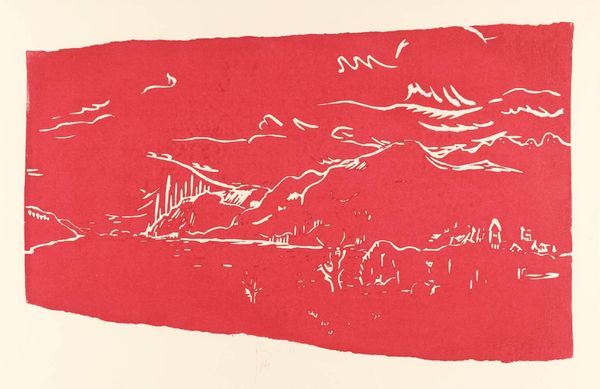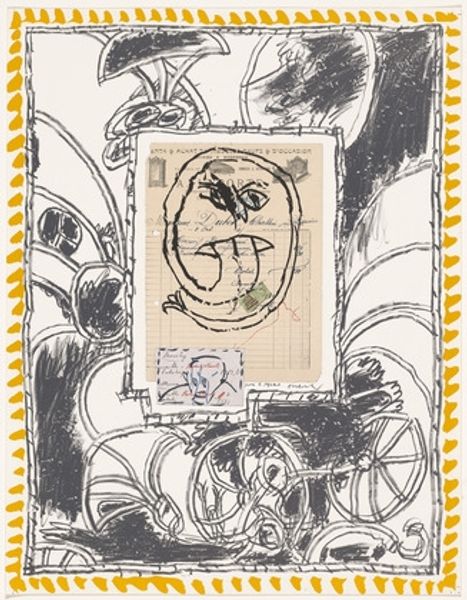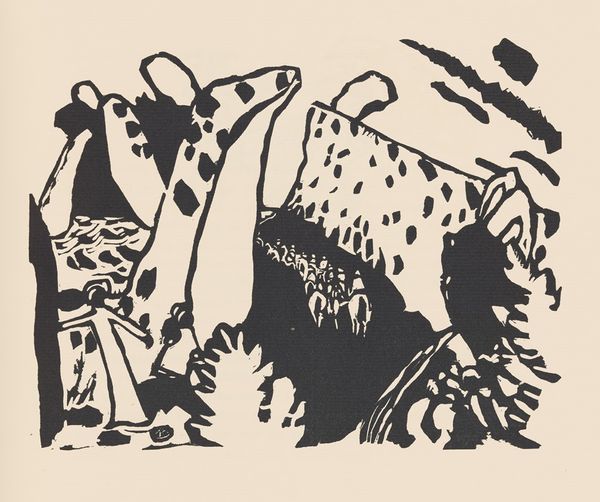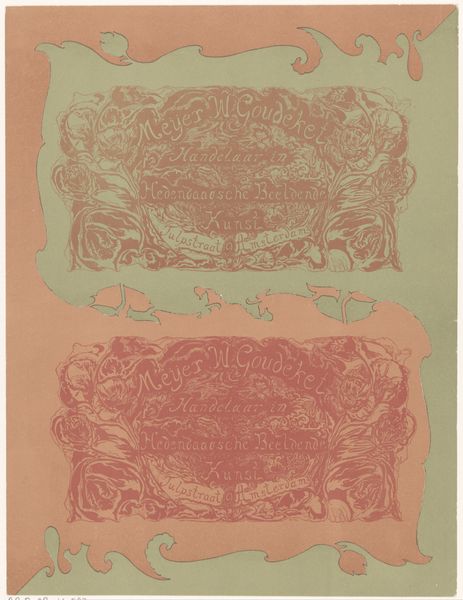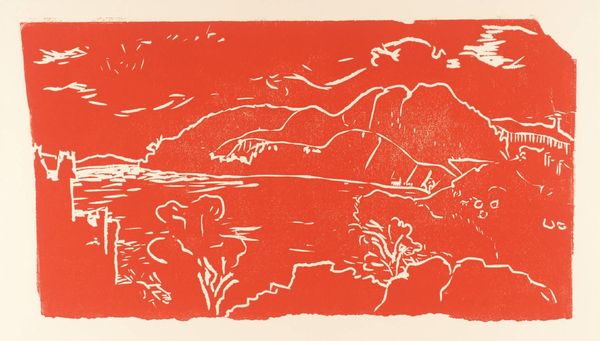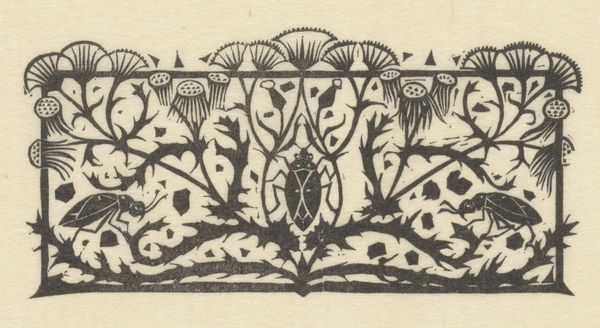
Copyright: National Gallery of Art: CC0 1.0
Editor: So, here we have Ruth Fine's "In Search of the Place," a 1974 etching. The composition is so intriguing, almost like a fragmented dream. It feels simultaneously architectural and organic, and I'm curious how to interpret its visual language. What do you see in this piece? Curator: It's fascinating how the piece title, “In Search of the Place,” immediately primes us to look for familiar landmarks, but what we find are deconstructed architectural elements. These fragmented columns, archways, and geometric patterns evoke a sense of a remembered, or perhaps imagined, space. The symbols almost act as cultural echoes. Does it trigger any personal associations for you? Editor: It does. I immediately thought of ancient ruins, like something you might find in Rome or Greece. But they're...flattened somehow, stripped of their grandeur. Curator: Precisely. Notice how the etching technique lends itself to a kind of faded memory. Fine is using these forms to tap into a shared cultural memory of architectural history. These buildings and motifs persist in our collective unconscious, even when they’re dislocated and rearranged. What kind of emotions do those rearranged fragments provoke? Editor: A bit unsettling, perhaps. Like trying to recall a place you once knew well, but the details are blurred. But the overall muted tones bring a kind of nostalgic comfort to those fragments. Curator: And consider this tension between familiarity and disorientation. Fine isn’t just depicting buildings. She's inviting us to reflect on how places shape our identities, even in their absence or transformation. She’s evoking the deep-seated longing and the ever-shifting nature of belonging. Editor: I see it now. So, it's less about the place itself and more about what "place" means to us, both personally and culturally. Curator: Exactly. The beauty is in that ambiguity and the invitation to complete the picture with our own memories. Editor: This has definitely made me rethink abstraction, that there could be deeper cultural roots embedded in it.
Comments
No comments
Be the first to comment and join the conversation on the ultimate creative platform.
